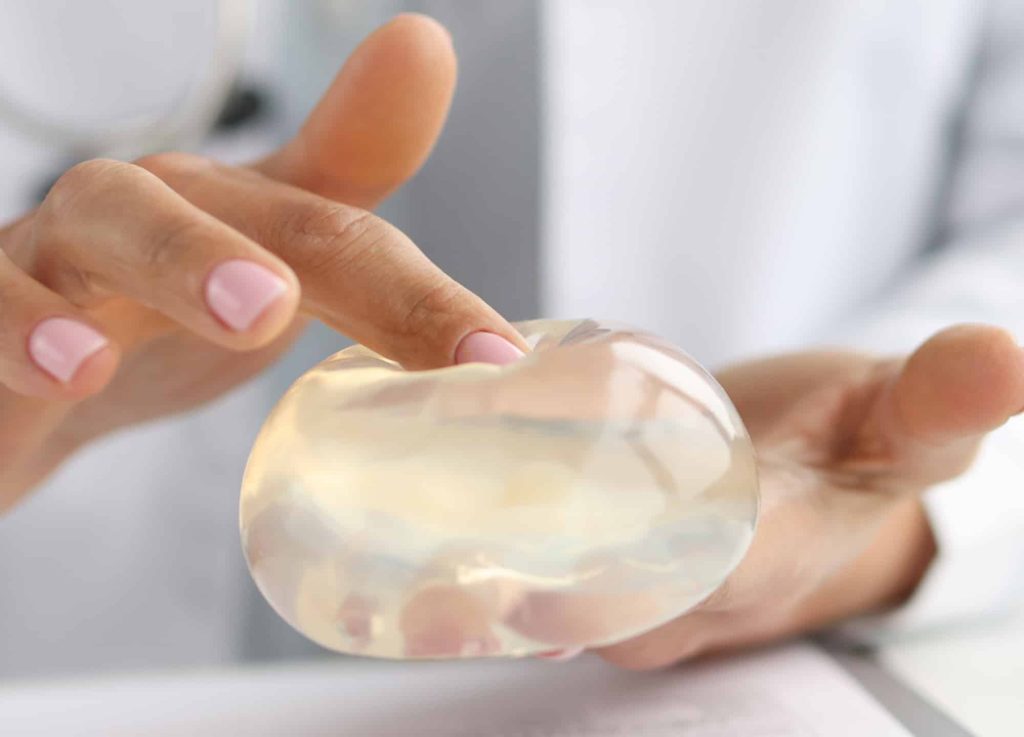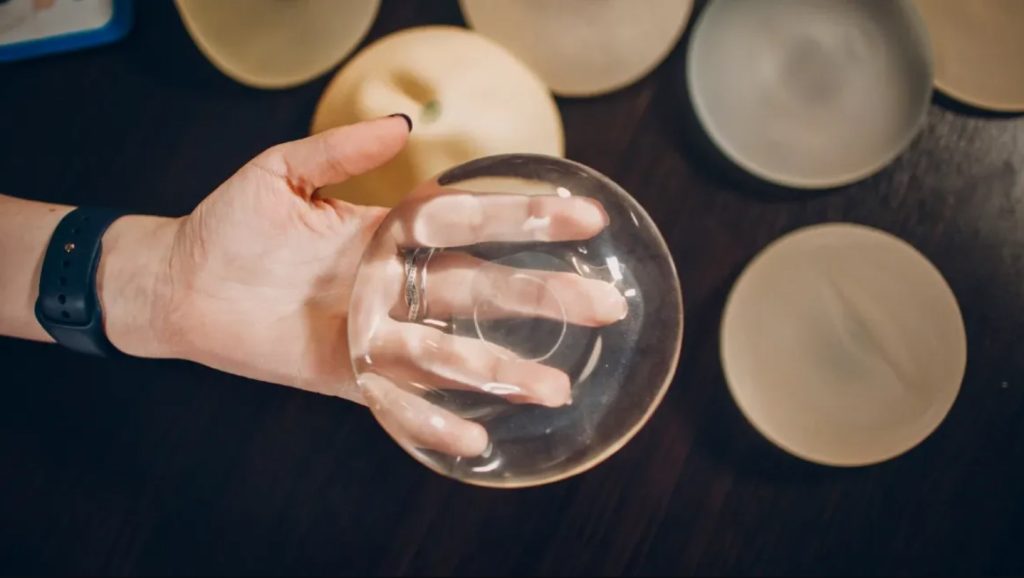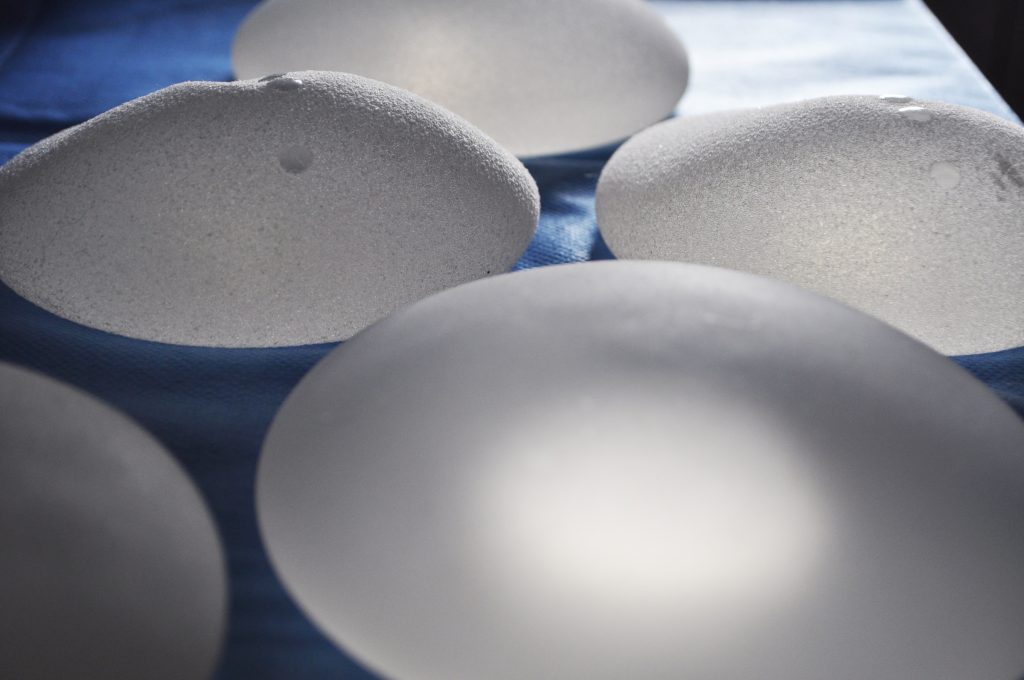A significant step towards body modification is deciding to get breast augmentation surgery. Improvement in one’s physical confidence and appearance is almost often the motivating factor, though there are many other reasons why people make this decision. The procedure of using breast implants to enhance the breasts is known as breast augmentation, commonly known as augmentation mammoplasty.
The reason why “saline vs. silicone implants” arguments are so common is that each has unique benefits, drawbacks, and features. As such, these ought to be carefully considered, compared, and contrasted before a decision is taken. Understanding breast augmentation and the distinctions between the two types of implants is essential.
Understanding Breast Augmentation
Contents
Breast augmentation is a medical technique wherein the breasts are made larger, more shaped, or more full by using implants or body fat. Even while this treatment is frequently linked to enlargement for cosmetic purposes, many women also seek it to rectify unequal breasts, address chest abnormalities that resulted after a mastectomy, or both. After undergoing treatment for breast cancer, some women may choose to have their breasts augmented.
This procedure is not isolated from confusion and misconception like other procedures as well. A common belief involves the longevity of the implants. One would believe that it is a lifelong change but the reality is that they may need replacement after ten or twenty years. At the same time, not every woman is able to have breast implants due to factors like age, health status, and intended aesthetic outcome which is one of the reasons why variations like saline and silicone implants exist.
What are Saline Implants?
Saline implants are silicone shells that are filled with sterile salt water (saline) and they come in two types: Those filled during surgery and pre-filled implants. The unfilled implants are filled during the procedure which allows the surgeon to adjust their size while pre-filled implants come in a predetermined size.

The saline solution is taken and spontaneously discharged by the body without risk, making the ruptured saline-filled implants immediately identifiable in terms of benefits. Also, fewer scars result from the smaller incision required for surgery.
Saline implants under the skin, however, could feel less natural and wrinkle or ripple. In addition, compared to silicone implants, they are more likely to rupture. In order to determine whether saline implants would be more advantageous for a particular patient, comprehensive discussions with medical professionals can be helpful.
What are Silicone Implants?
On the other hand, silicone implants are silicone shells filled with a silicone gel which can mimic the feel of human fat. Many women who seek to have more realistic feeling breasts would choose this option over saline implants. These implants come in various sizes and have smooth or textured shells.

The advantage of these implants is that they feel more natural and resemble the weight of natural breasts more closely, which contributes to a more aesthetically pleasing outcome. Larger incisions are necessary for these implants compared to saline ones, which results in more obvious scarring.
Silent rupture occurs when silicone escapes from the breast implant pocket and stays inside the implant shell, making the rupture difficult to detect. In general, personal preference, medical history, and consultation with a practitioner will determine whether silicone implants are a good option.
Critical Comparison: Saline vs Silicone Implants
Comparing the physical properties of both types of implants in terms of their texture, incision size, and feel will have you find several differences. Silicone implants are considerably more natural feeling in comparison to their saline counterparts. That is because the silicone gel mimics the feel of natural breast tissue whereas saline implants are firmer in texture.

Although they are not thought of as lifetime devices, silicone and saline implants can both endure up to ten to fifteen years. Over time, there is a chance that both implants may rupture. But with saline implants, it’s simpler to find a leak because the breasts shrink when the saline solution enters the body and is eliminated. In the meanwhile, a silicone implant leak may go undetected because the gel may continue to be trapped in the fibrous tissue around the implant. Regular imaging examinations might be necessary to make sure the implants are operating properly.
When considering each type of implant for safety, they are still under a lot of research and debate and while both are considerably safe for usage, they come with their unique risks. You will find that saline implants pose less of a risk in case of rupture due to the body’s ability to naturally expel the saline solution. This is in contrast to silicone implants which will require regular check-ups to detect silent ruptures.
Things Patients Must Consider Before Making a Choice
A number of criteria, such as cost, recovery time, surgeon suggestion, maintenance requirements, desired cosmetic outcomes, and individual comfort, weigh in favour of either silicone or saline implants. Silicone implants, for instance, typically cost more than saline implants. Regardless of the type of implant utilised, the recovery period following breast augmentation surgery is usually the same. Saline implants, however, may cause more post-operative pain because of their firmness.

It is important to maintain the implants where lifelong follow-ups are crucial and regular MRI scans are advised to check for silent ruptures. You will need a regular medical professional who you can visit regularly but even before you start your procedure, getting a second opinion might provide invaluable insight into this decision.
The Debate: Silicone Implants Vs Saline Implants for Breast Augmentation
The medical community has been debating the merits of silicone vs saline implants for a long time. The distinct qualities, advantages, disadvantages, and possible hazards connected to each type of implant give rise to this discussion. Saline implants are valued for their safety record in the event of a rupture, whilst silicone implants are praised for their better visual appeal.

Ultimately, choosing between silicone or saline implants should be a well-informed decision supported by sufficient knowledge and qualified professional advice. Both kinds of implants have advantages and disadvantages, and each makes a distinct contribution to the intended aesthetic result.
The choice should be based on the particular needs, lifestyle, comfort level, and expectations of each individual. Breast augmentation is more than simply physical changes; in the end, the effects on body image, self-esteem, and psychology are what matter beyond the surgery and the implants.

